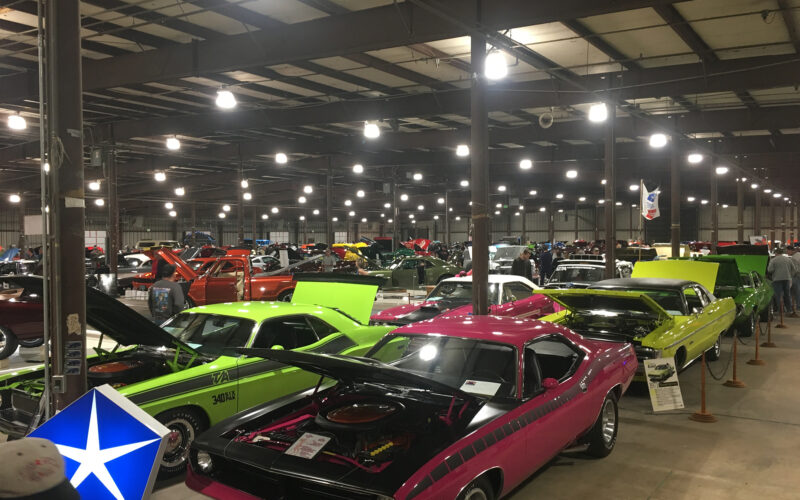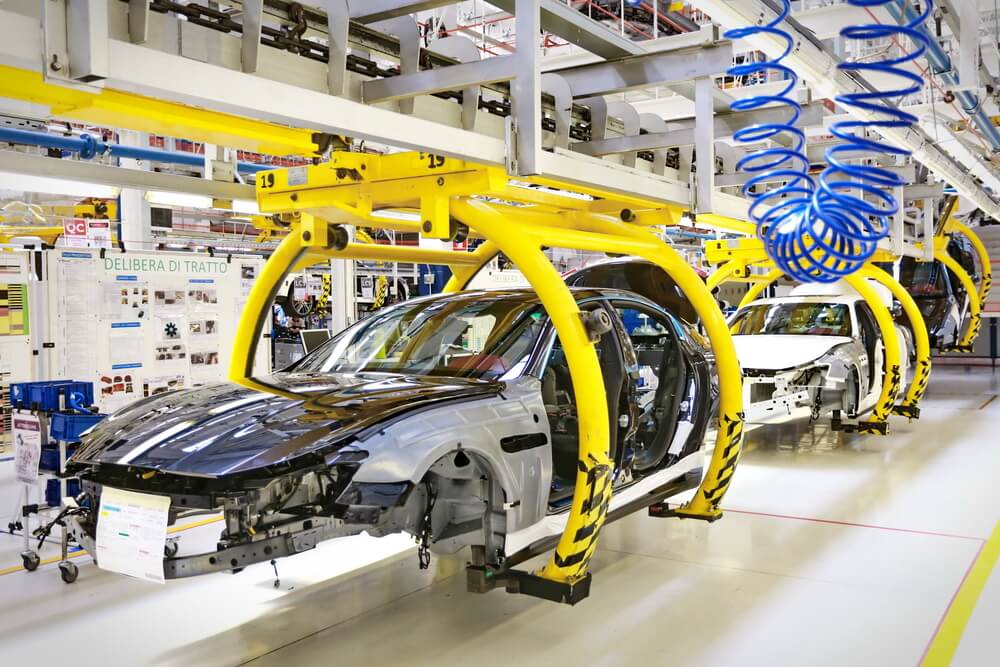The Art of K-Swapping Transforming Your Engine Bay

The “K-Swap” phenomenon has taken the automotive world by storm, offering car enthusiasts an exciting way to unlock more power and performance in their vehicles. Central to this modification is the transformation of the engine bay, where the original powerplant is replaced with a Honda K-series engine. In this article, we will explore the art of k swap engine bay and how it can completely transform your engine bay.
The K-Swap Revolution
Contents
The K-series engines, produced by Honda, are known for their advanced technology, efficiency, and impressive power output. Enthusiasts quickly recognized their potential for swapping into a wide range of vehicles, and the K-Swap movement was born. One of the most exciting aspects of K-Swapping is the opportunity to completely rejuvenate the engine bay, resulting in a clean, high-performance look that is the envy of many.
Read Also: Urban Automotive Redefining Luxury in the World of Vehicle Customization
The Transformation Process
- Engine Removal: The first step in a K-Swap project is to remove the existing engine and transmission from your vehicle. This typically involves disconnecting wiring, hoses, exhaust components, and motor mounts.
- Preparation: With the engine bay empty, it’s time to prepare the space for the K-series engine. This may involve cleaning, removing unnecessary brackets, and addressing any rust or corrosion.
- Engine Mounts: Installing the appropriate engine mounts is crucial for ensuring that the K-series engine sits securely and properly aligned in the engine bay. There are various options available, including bolt-in mounts and custom fabrication for a more unique setup.
- Wiring and Electronics: Integrating the K-series engine with your vehicle’s wiring and electronics is a complex but essential step. It often involves using a specialized wiring harness or hiring a professional to ensure proper connectivity.
- Cooling System: Modifying or upgrading the cooling system is necessary to accommodate the new engine. This may involve selecting the right radiator, hoses, and fans to keep the K-series engine running at optimal temperatures.
- Exhaust System: The exhaust system needs to be customized to match the K-series engine’s configuration and provide proper flow and performance.
- Accessories: Installing accessories such as power steering, air conditioning, and alternators may require additional customization to fit within the engine bay.
- Tuning: The final step involves tuning the engine to optimize its performance and ensure that it operates smoothly with your vehicle’s electronics.
Read Also: Minuteman Harley-Davidson A Patriot’s Ride through American History
Benefits of a Transformed Engine Bay
- Clean and Organized: K-Swapping often results in a clean and organized engine bay, with many components tucked away for a sleek appearance.
- Enhanced Performance: The K-series engine’s reputation for power and efficiency means your vehicle will benefit from improved acceleration and overall performance.
- Reliability: Honda’s track record for building reliable engines extends to the K-series, offering long-term durability.
- Customization Opportunities: A transformed engine bay provides ample opportunities for customization, allowing you to showcase your unique style and preferences.
A K-Swap engine bay transformation is not just about upgrading the powerplant; it’s about creating a masterpiece within your vehicle’s engine compartment. Whether you’re aiming for a clean and minimalist look or a high-performance showpiece, K-Swapping opens up a world of possibilities for automotive enthusiasts. The result is a car that not only performs exceptionally but also turns heads wherever it goes, thanks to the artistry and craftsmanship that went into transforming the engine bay.




